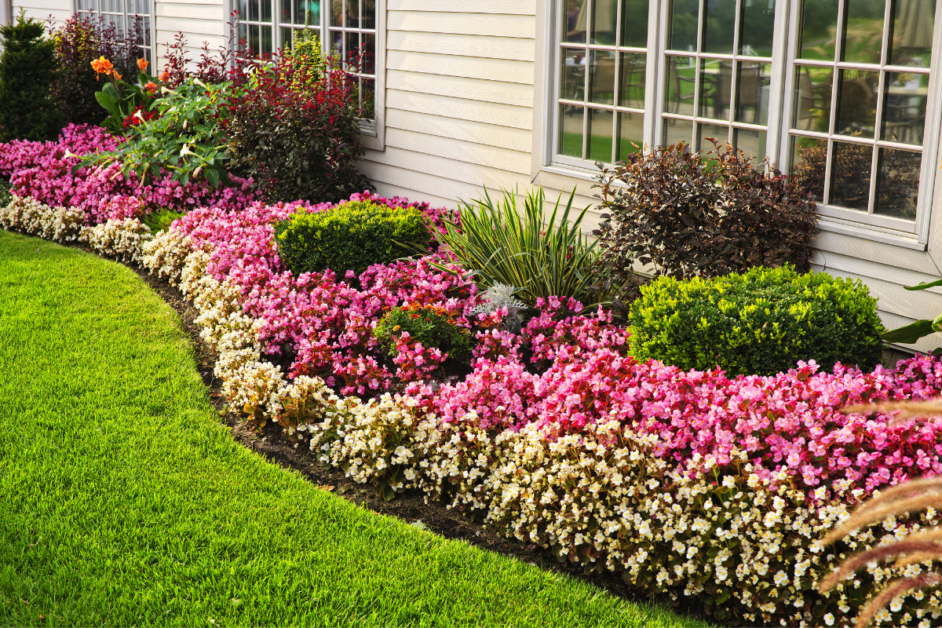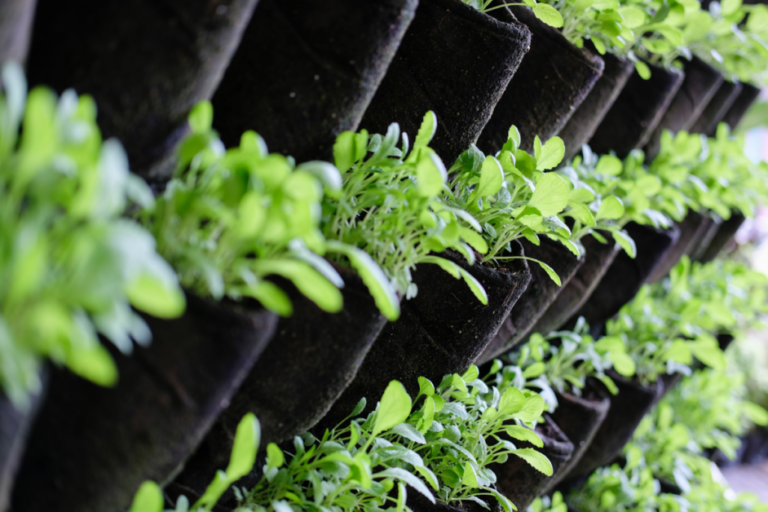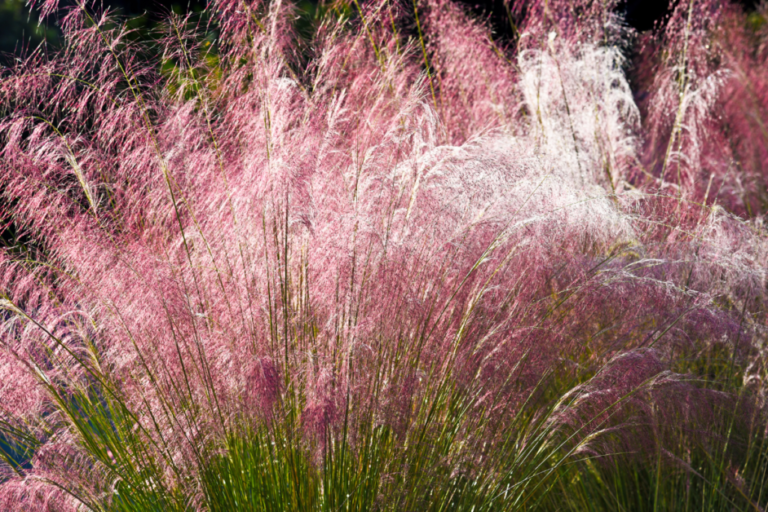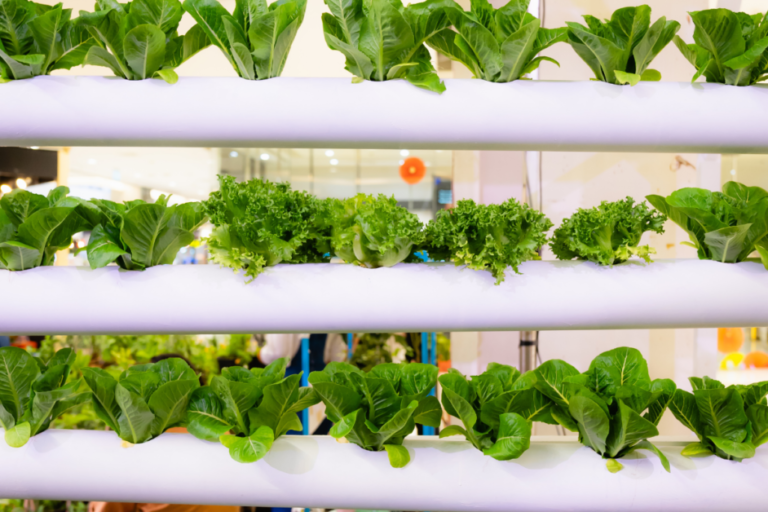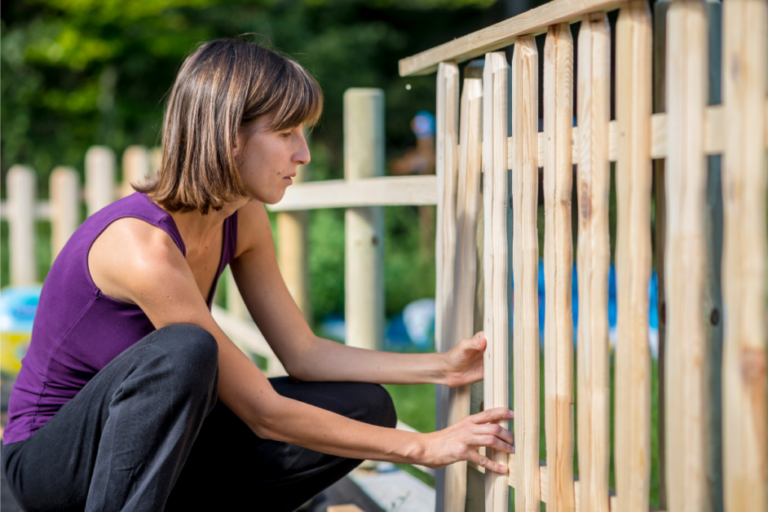Flower Gardening for Beginners Made Easy
Last Updated on February 16, 2023 6:18 am by Chris Roberts

Flower Gardening for Beginners Made Easy
If you’ve always dreamed of having a beautiful flower garden, now is the time to make it happen. Starting a flower garden is both fun and rewarding.
First, choose a location for your garden that gets plenty of sunlight. Once you’ve selected the perfect spot, it’s time to start preparing the soil. This can be done by adding organic matter like compost or manure to the soil.
Next, you’ll need to select the flowers you want to grow. When choosing flowers, it’s important to consider the climate in which you live as well as the amount of sunlight and water the flowers will need.
With a little planning and care, you can have a beautiful flower garden that will bloom for years to come
1. Introduction: Why flower gardening for beginners is great.
2. Step one: Choosing the right location for your garden.
3. Step two: Preparing the soil.
4. Step three: Select the flowers.
5. Conclusion: With a little planning, you can have a beautiful flower garden that will bloom for years to come.
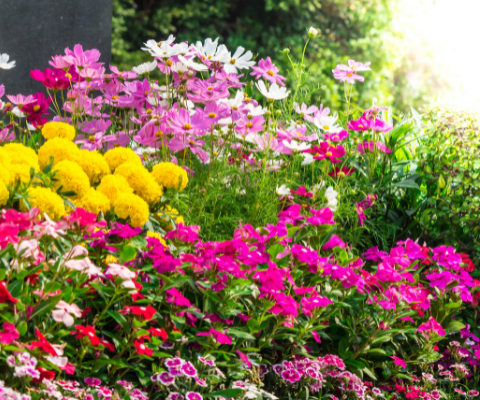
Flower gardening for beginners is a great hobby for many reasons. It is relatively easy to get started, it is relaxing and enjoyable, and it can be very rewarding to see your flowers bloom each year.
One of the best things about flower gardening for beginners is that you can tailor it to your own personal taste and style. Do you want a garden that is mostly green, with pops of color from the flowers? Or do you want a garden that is vibrant and full of different colors? The possibilities are endless.
Another great thing about flower gardening is that it can be done on any scale. You can have a large garden with hundreds of different flowers, or a small container garden on your balcony. No matter what your space or time constraints are, there is a way to have a flower garden. Check out our post on Gorgeous Garden Edging Ideas.
Follow this simple guide to flower gardening for beginners and you’ll be on your way to success.
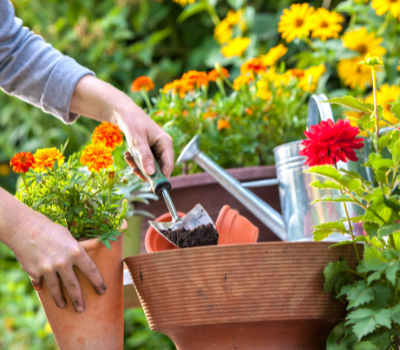
One of the most important steps in starting a flower garden is choosing the right location. The location of your garden will determine how much sunlight and water your plants get, so it is important to choose a spot that gets at least six hours of sunlight per day and has good drainage.
Once you have chosen the location for your garden, it is time to prepare the soil. The type of soil you have will determine what kind of plants will grow best in your garden. If you have sandy soil, for example, you will want to choose plants that are tolerant of dry conditions. If you have clay soil, on the other hand, you will want to select plants that do not require a lot of water.
The best way to find out what kind of soil you have is to take a sample to your local nursery or gardening center and ask for advice. They can test your soil and make recommendations about what kind of amendments you might need to add in order to create the perfect growing environment for your flowers.
Once you have prepared the soil, it is time to select the flowers for your garden. This is where the fun really begins! There are so many different types of flowers to choose from, and the possibilities are endless.
If you are not sure what kind of flowers you want, a good place to start is by looking at pictures of gardens that you like. Once you have an idea of the overall look you are going for, you can narrow down your choices. You may also like our post on The Best House Ideas.
Some things to consider when selecting flowers for your garden include:
– The climate in your area.
One of the reasons the climate in your area is important for growing flowers has to do with the amount of light they need. Different flowers need different amounts of sunlight, and if they don’t get enough they won’t bloom. In areas with longer days, like near the equator, some flowers need to be shielded from the sun or they’ll burn. Soil type is also a factor – sandy soil drains quickly so plants that like a lot of water won’t do well, while clay soil can hold too much water and drown plants.
The kind of climate you have also determines what pests are around, and what kind of diseases might attack your plants. If you’re growing flowers for a specific purpose – like as part of a crop rotation to help
– The amount of sunlight and water the flowers will need.
Most flowers need at least six hours of sunlight each day in order to bloom and stay healthy. Too little sun will lead to weak and leggy plants, while too much sun can cause the leaves to scorch. In terms of water, most flowers need to be watered deeply and evenly, about 1-2 inches per week.
One issue that we see a lot of the time when flower gardening for beginners is overwatering of the flowers. Overwatering can cause the roots to rot, while underwatering will cause the plant to wilt. It’s important to check the soil before watering, as different types of soils drain at different rates. Once you’ve determined how much sun and water your flowers need, it’s simply a matter of giving them the right amount each day. With a little care, your flowers will thrive and bring you endless enjoyment.
When flower gardening for beginners and looking to add some color to your garden, you’ll need to make sure you choose the right flowers. Different types of flowers have different sunlight and watering requirements, so it’s important to do your research before you plant. For example, impatiens and ferns thrive in shady areas, while sunflowers and marigolds prefer full sun.
As for watering, most flowers need about an inch of water per week, though desert plants such as cacti may need less. By understanding the needs of different types of flowers, you can create a beautiful and thriving garden that will bloom all season long.
When most people think of flowers, they probably envision a brightly-colored bloom nodding in the sun. However, there are actually a wide variety of flowers that prefer shady conditions. These plants tend to have darker or muted colors, and their leaves are often glossy to help preserve moisture.
Some of the most popular shade-loving flowers include impatiens, begonias, and ferns. While these plants may not be as showy as their sun-worshiping cousins, they can still add a touch of beauty to any garden. So, if you’re looking for a little color in a shady spot, don’t overlook these flowers that prefer the shadows.
– The size of the flowers.
– The color of the flowers.
– The height of the flowers.
– The color of the flowers.
– The size and shape of your garden space.
– Your personal taste and style.
Once you have selected the flowers for your garden, it is time to plant them!
The actual planting of a flower garden for beginners is pretty simple- find the spot in your yard that gets enough sun, dig a hole that’s big enough for the roots of your plant, and mix in some compost or fertilizer to help the plant grow, and then water it well. If you’re planting more than one flower, make sure to give them enough space to spread out. You can also add some mulch around the plants to help retain moisture and keep weeds down. Check out our post 7 best low maintenance ornamental grass.
You should always follow the instructions on the seed packets or nursery tags, and be sure to give your plants plenty of room to grow. With a little love and care, your flower garden will soon be in full bloom.
Conclusion: With a little planning, you can have a beautiful flower garden that will bloom for years to come. By following these guidelines for beginners, you will be well on your way to having a gorgeous garden that you can enjoy for many years to come. Thanks for reading!

